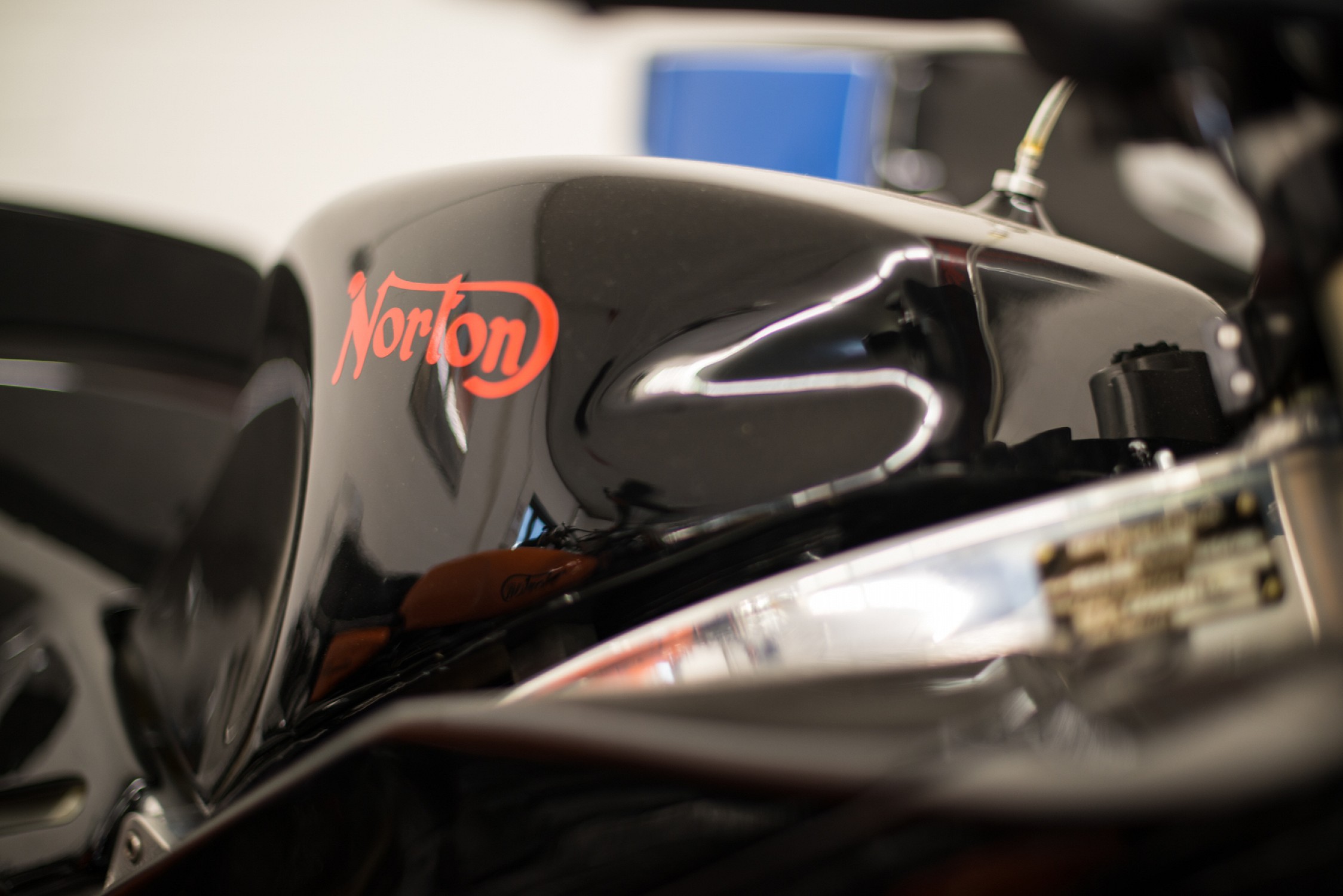You probably have this figured out, but here's what I would do.
With the primary chain off and no key, see if the front sprocket pushed hard on by hand will turn. If so, the crank or sprocket taper needs attention. Maybe a burr, maybe worn - hard to say without seeing it. If it is OK, check that the key is a tight fit in the crank and in the sprocket. If so, you can put the chain and sprocket back on being sure that the key stays in place (they often slip backwards)
Put this part on with the flat side towards the sprocket.
View attachment 103518
Check that the rotor key is sung in the crank and rotor. If so, put the rotor on and tighten - real tight. Ignore any other parts that were on the crank when you started.
When this is all done, you can measure the distance between the rotor timing marks and the back of timing indicator. With that measure measurement in hand, yuo can determine what shims you want to bring the rotor further out - personally, I don't bother.



